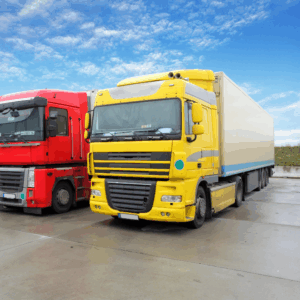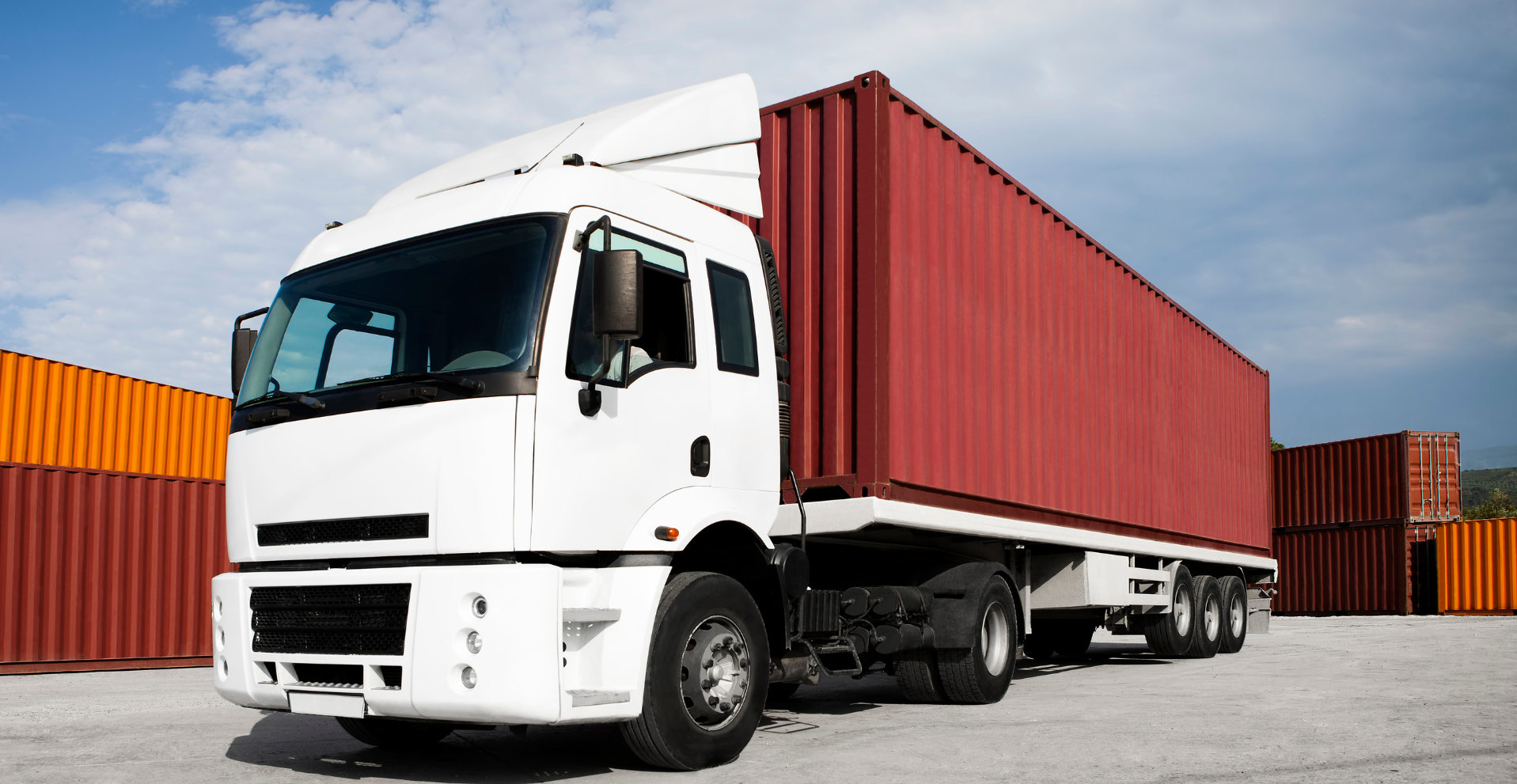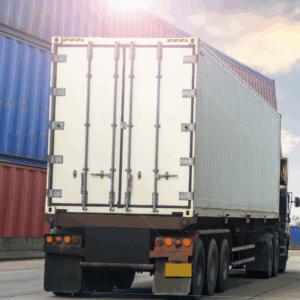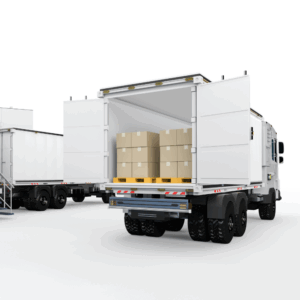
Modern Freight Transport: Digital Foundations for Global Operations
The evolution of freight transport technologies has drastically changed how cargo is planned, priced, and moved. From instant freight quote engines to AI-powered LTL freight quote calculators, logistics today is driven by platforms like ExFreight’s Exfresso, which offer real-time connectivity to LTL and ocean carriers worldwide. Logistics is now defined by digitization, where automation supports everything from price calculation and booking to tracking and customs clearance. This shift enables real-time decision-making, particularly in LTL rate environments where consolidation depends on factors such as shipment size, density, and timing. Modern platforms eliminate redundant manual tasks, reduce quoting delays, and provide immediate visibility into LTL freight shipping rates, which historically were opaque and slow to obtain. This digital infrastructure also integrates seamlessly with global supply chains, ensuring that both less-than-container-load movements and full containers are optimized together. The role of automation in document handling, tracking, and customs processing reduces both costs and risks, particularly when operating across multiple regulatory jurisdictions and trade zones.
Dynamic Less-Than-Truckload Freight Planning: From Theory to Action
Less-than-truckload shipping remains a cornerstone of domestic freight logistics due to its flexibility and cost efficiency. However, the complexity of LTL operations increases when scaled across multi-carrier networks. Today’s advanced planning systems can simulate, forecast, and optimize LTL operations using demand projections, traffic inputs, and warehouse constraints. Rather than focusing purely on static rates, shippers now require tools that offer proactive route planning, simulate transit outcomes, and adjust dynamically to changing conditions. Systems now evaluate factors such as cross-docking options, LTL freight rates, terminal proximity, shipment weight, and service levels to balance cost with transit time. This allows shippers to make decisions not just based on pricing but on complete logistics scenarios. ExFreight’s access to live LTL quotes with embedded service metrics empowers companies to act decisively, especially when moving high-value or time-sensitive cargo. In this context, a tool like an LTL freight rate calculator becomes far more than a pricing function; it’s a strategic resource for modeling, operational efficiency, and supply chain reliability.
Container Shipping Rates: A Volatile Global Market Under Scrutiny
The volatility of container shipping rates has become a defining factor in international logistics. These rates fluctuate based on a range of interdependent variables, including fuel prices, vessel availability, port congestion, regulatory changes, and carrier alliances. Across key trade routes, such as those from Asia to North America, rate variation is not just seasonal but also structurally influenced by power concentration within the industry. Whether choosing a full container or a less-than-container-load (LCL) shipment, shippers must consider timing, volume, and market conditions to ensure optimal results. The limited competition among major alliances often results in inflated pricing structures that persist even during periods of low demand. This distorts the actual cost of ocean freight rates, placing small and medium-sized importers at a disadvantage. Strategic shipping decisions now require tools like freight rate comparison engines and access to real-time ocean freight quotes online. ExFreight’s multi-carrier quote platform combines price, transit time, and reliability indicators, enabling shippers to move beyond simple pricing and toward strategic forecasting. By combining rate transparency with predictive analytics, businesses can avoid costly missteps and position themselves competitively.

Sustainability in freight is no longer a future aspirational or a present-day mandate. Regulatory demands for emissions reporting, particularly in high-volume corridors such as those between Asia and North America, are compelling carriers and shippers alike to reassess their route planning and equipment utilization. Ocean freight charges now often include environmental surcharges, while LTL shipping networks are evaluated based on carbon intensity. Platforms such as ExFreight support greener supply chains by minimizing inefficiencies: optimizing load factors, reducing empty miles, and consolidating shipments. Digital tools, such as the LTL freight quote calculator, help businesses find not just the cheapest route, but also the most eco-efficient one. Moreover, real-time container utilization data prevents partial loads and excessive transshipment, two major contributors to carbon waste. For shippers with ESG goals or regulatory reporting obligations, such digital tools are essential. Sustainability, therefore, intersects directly with pricing and planning—not only as a cost, but also as a brand value proposition and a compliance necessity.
Frequently Asked Questions (FAQs)
Which documents are required to ship internationally?
At a minimum, you will need to provide a commercial invoice and a packing list. If the export declaration isn’t completed online during booking, a signed Shipper’s Letter of Instruction (SLI) is also required. Depending on the destination or product, additional documents, such as FDA clearance, Lacey Act compliance, or special import permits, may be necessary. ExFreight offers guidance for country-specific documentation to help avoid delays.
What are the advantages of using a freight forwarder?
Freight forwarders bring logistics expertise, carrier relationships, and regulatory knowledge, allowing for smoother shipping. They simplify the process by handling paperwork, customs, and transport coordination. ExFreight enhances this by offering instant quoting, centralized tracking, real-time documentation, and ongoing customer support. These features streamline customs, reduce risk, and improve delivery timelines.
First-time importer tips and suggestions?
- Understand your Incoterms, especially FOB, to control costs.
- Verify HS codes and calculate potential duties and taxes.
- Choose between air freight for speed or ocean freight for cost efficiency.
- Use letters of credit for financial protection.
- Confirm if your product requires special permits, such as those from the FDA, Fish & Wildlife, or the Lacey Act.
- File ISF and customs documents early to avoid penalties.
- Track your shipment and prepare for VACIS or intensive inspections if selected.
- Work with a customs broker and inspect all freight upon delivery.
- Consider site-specific delivery needs (e.g., lift gate, dock height).
- Let ExFreight handle full door-to-door service, including customs clearance and terminal fee management.
The convergence of technology, pricing models, and environmental responsibility is reshaping global freight logistics. Today, companies must look beyond just obtaining a freight quote—they need dynamic, data-driven systems to manage operations across LTL, FCL, and LCL networks. Understanding the principles of less-than-truckload freight shipping, monitoring real-time container shipping rates, and applying innovative tools like LTL freight rate calculator systems are vital competitive strategies. ExFreight empowers businesses with real-time access to LTL quotes, instant planning tools, and integrated systems for documentation, compliance, and delivery. In a global market increasingly defined by speed, transparency, and sustainability, optimizing your freight strategy is not only smart but also essential.






Leave A Comment
You must be logged in to post a comment.